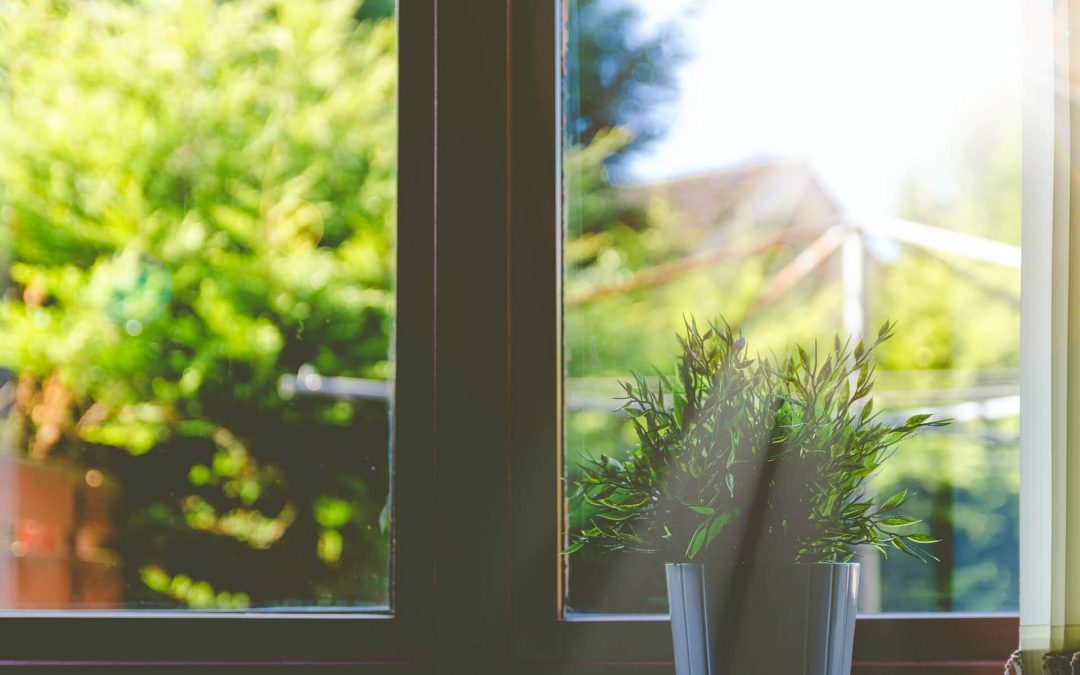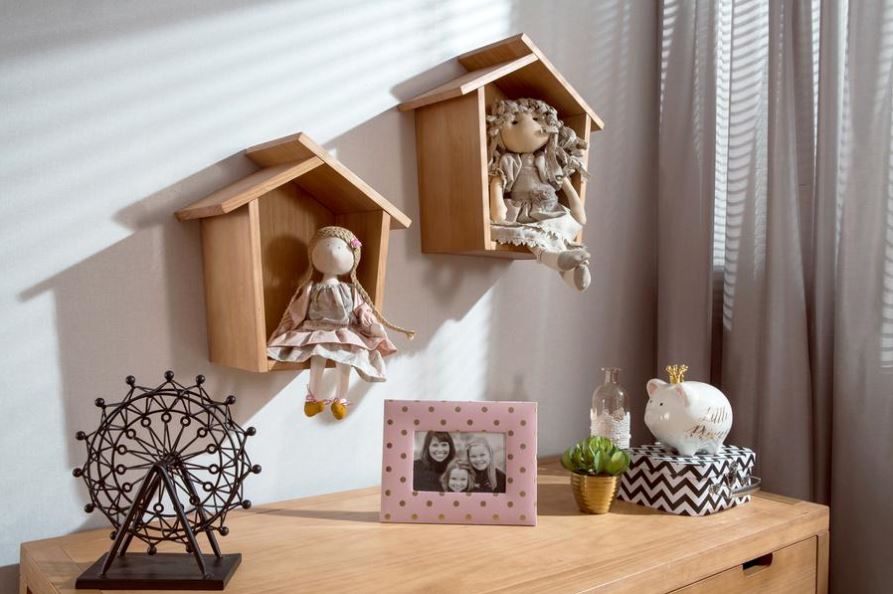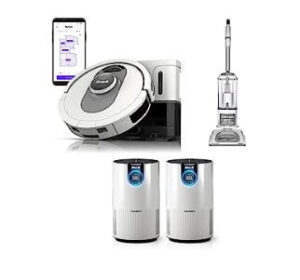What does Sustainable Living look like?
For most people, a sustainability-friendly household invests in renewable sources of energy through the implementation of improvement projects such as solar or even wind power. There is no denying that reducing our carbon emissions is instrumental in creating a lifestyle that doesn’t waste resources and maximize the goodness of all natural elements readily available.
However, emission-free buildings come at a high price. They include advanced insulation, ventilation, and building solutions for optimal thermal performance. They are typically self-build home, specifically designed by architects with sustainability in mind. Unfortunately, not every household has the luxury of being able to build their own home.
Often, homeowners purchase an existing property, which can drive sustainable improvement costs through the roof. Many more are still saving for their first home, preferring to rent longer because real estate costs are not manageable. As such, it’s important to reconsider the sustainable living dream. How do you preserve resources without breaking the bank when home improvement works, and self-builds are not an option?
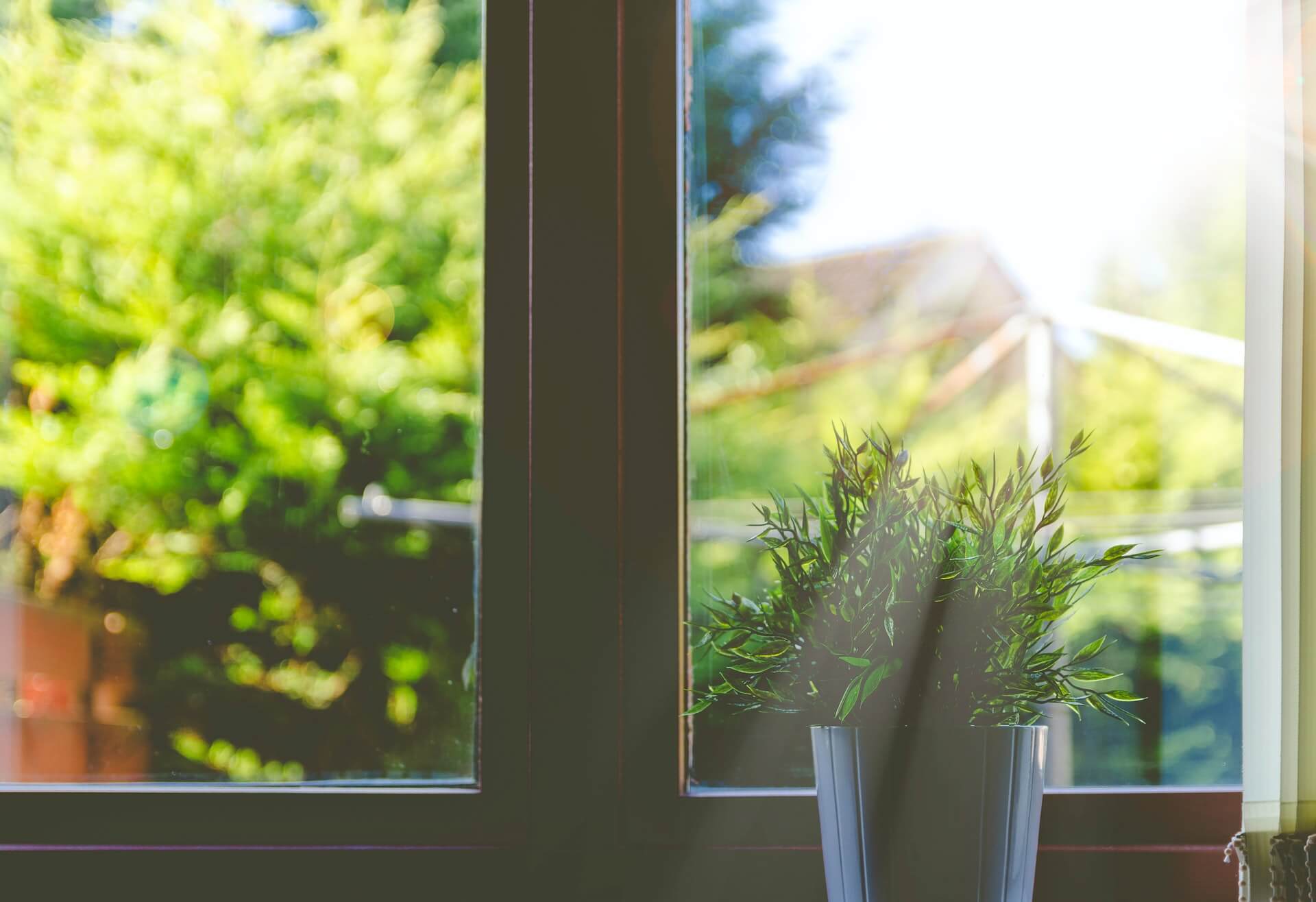
Maximize Daylight Savings
The sun is the most significant renewable source of energy for planet earth, and it is directly connected with lighting and heating costs. Even without solar panels at home, you can still ensure your household receives plenty of sunlight throughout the day giving a way to sustainability at home.
Windows will act as you may polar cells. Often, home décor choices can make it hard for sunlight to penetrate your home. Moving furniture can help create a free passage for natural light, and the addition of strategically placed mirrors can ensure the light can travel further into your home. Don’t forget to keep your windows clean as part of your cleaning schedule, removing all the grime that accumulates outside during the year. You may not realize it, but a thin layer of dirt on the window panels can affect how much light is coming into your home, unnecessarily increasing your heating and lighting costs.
Protect Your Walls
Your exterior walls should protect you against seasonal changes. The last thing you need is your walls to reflect the outside temperature, bringing cold indoors in winter and the heat in summer. Your insulation solution plays a significant role in creating a protective barrier. However, the first area you should check is your facade and house siding.
Indeed, these require maintenance and care to ensure there are no cracks that would let the rain and air through. These practical cleaning tips can help effectively remove dirt and algae from your exterior walls, ensuring you can protect the surface from damage. In the long term, grime and unwanted vegetation can weaken the wall and create a porous structure that will increase your energy costs.
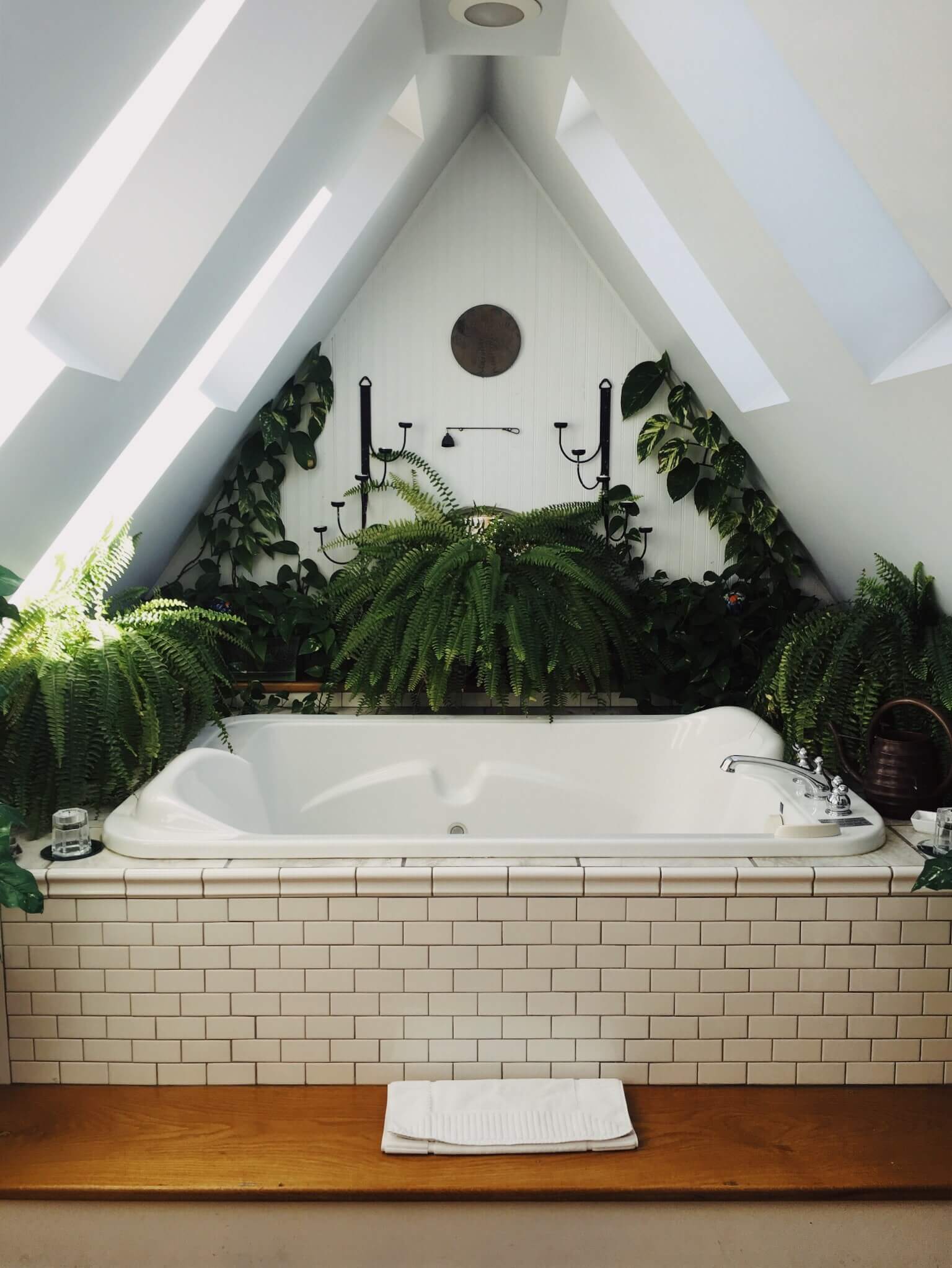
Love Your Indoor Plants
It’s part of the human psyche: Seeing green plants convince us that our surroundings are more sustainable. While the truth is not as simple as that, there is no denying that plants can be highly beneficial for resource-saving practices at home. Indeed, according to NASA, some plants can actively help clear your indoor air from particles and toxins, ensuring the air inside your home can travel faster and freshen your space. Particles inside your home can affect your living conditions, leading to sick building syndrome. But plants can also help reduce your energy costs through their smart abilities:
Remove toxins encourage better airflow indoors, which means it can reduce your heating costs.
Additionally, moisture-friendly plants can reduce humidity levels in the bathroom or other areas, making your home easier to heat and maintain. Thus to have a promise of sustainability to every corner of your home.
Open Your Windows Once A Day
Renewing the indoor air is essential to keep your home fresh and welcoming. Get into the habit of opening your windows for 30 minutes to an hour every day to change the air. It might seem counterproductive at first. But you will soon notice a significant difference in heating or cooling your home. Indeed, fresh air can improve air circulation inside your property, ensuring a better air passage for heat or coolness, depending on the season.
Additionally, if you fail to renew your indoor air regularly, you may be struggling with dry air, aka air whose moisture level is under 30%. Dry air makes it hard to maintain comfortable temperatures inside your home as it affects your perception of heat. Households with dry air tend to overheat because the perceived temperature is lower. Unfortunately, it creates a vicious circle that can dry your indoor air further and increase your heating costs.
In conclusion, you don’t need to transform your home to introduce sustainability habits. Indeed, you can save natural resources through smart routines that protect your energy consumption. Are you ready to bring your home to the next green level?
This post contains affiliate links, which means we may receive a small commission, at no additional cost to you, if you make a purchase through these links.
Photo by Adeolu Eletu and Lisa Moyneur on Unsplash
More Reads

